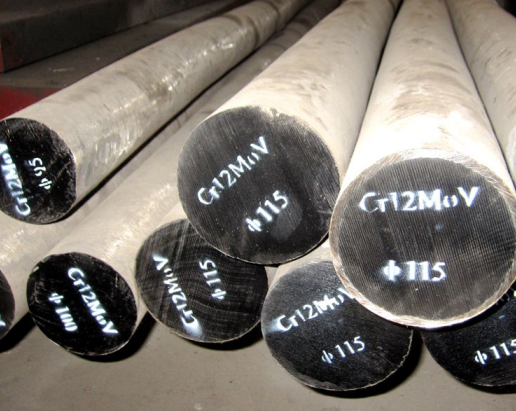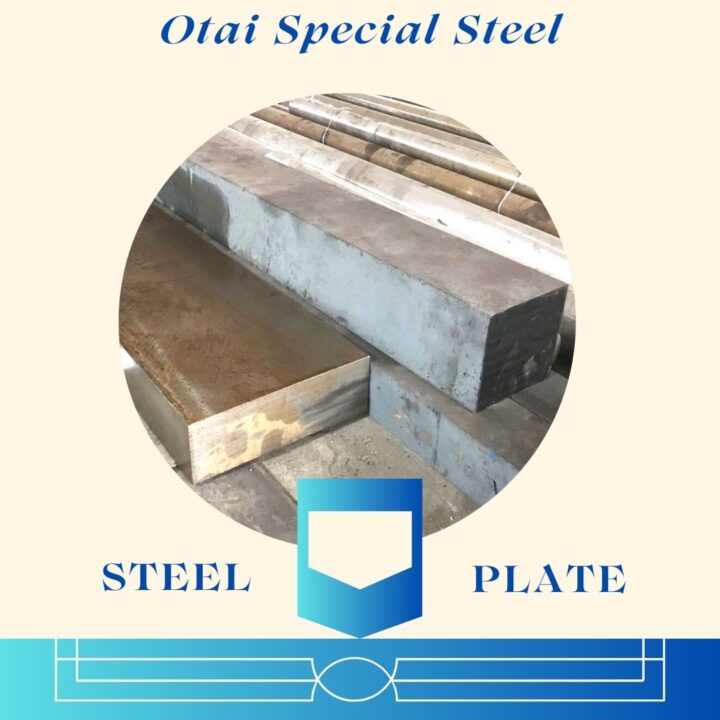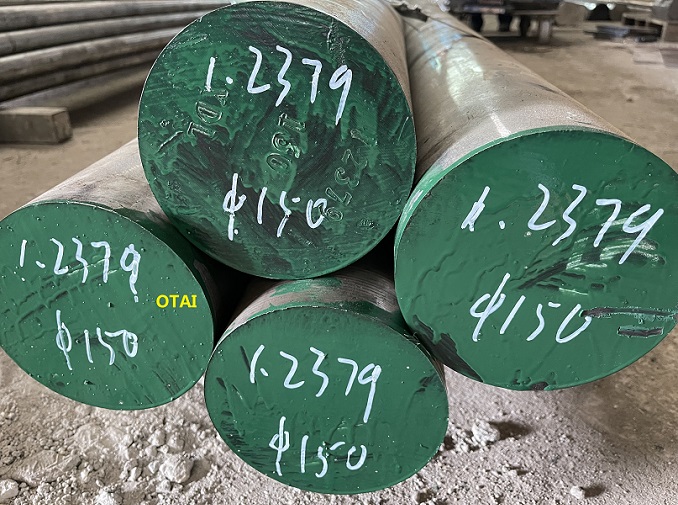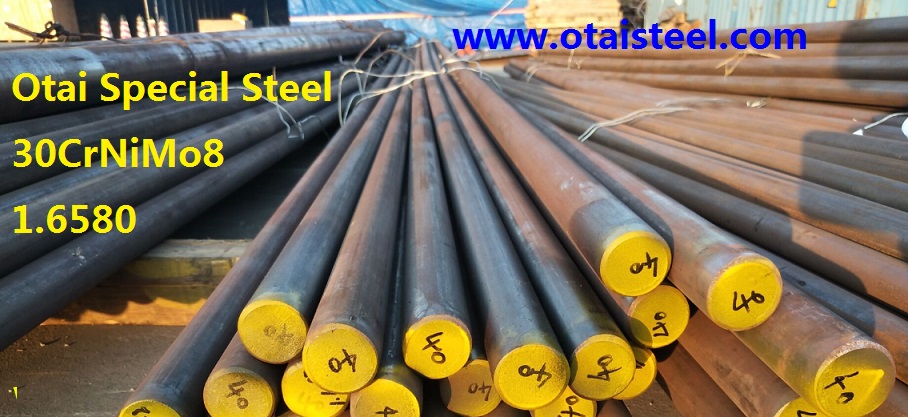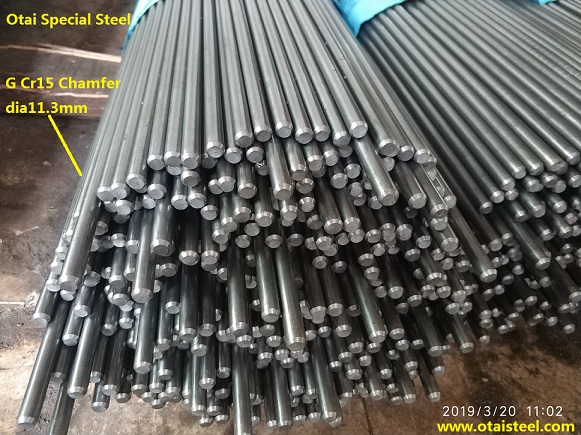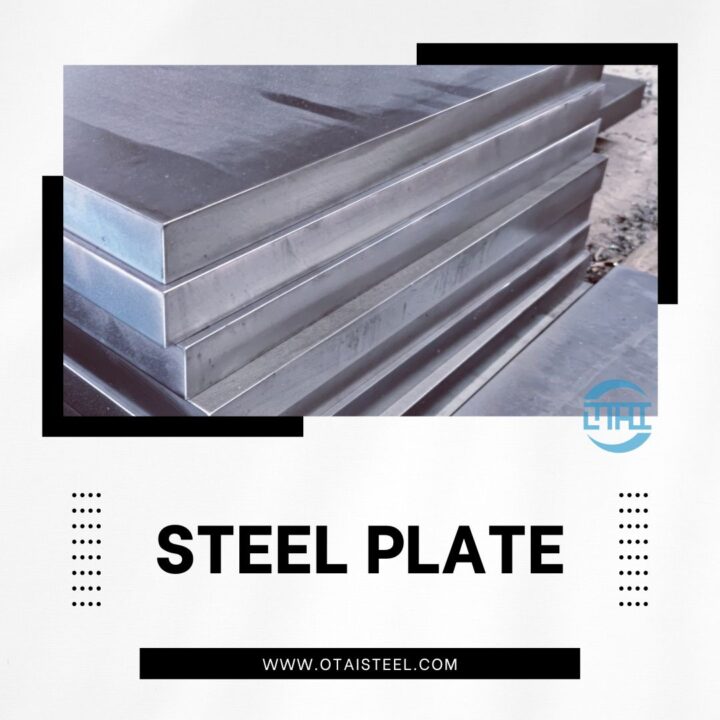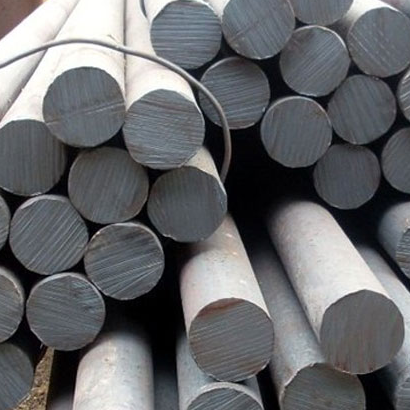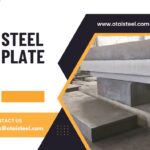Design Considerations with 30CrNiMo8 Material
Designing with 30CrNiMo8 material involves a careful dance between creativity and engineering precision. This alloy, renowned for its strength and versatility, offers a canvas for innovation across various industries. In this exploration, we’ll delve into the crucial design considerations when working with 30CrNiMo8, unraveling the factors that shape the creation of robust and reliable components.
Understanding the Canvas: Unveiling 30CrNiMo8 Properties
Before diving into design considerations, let’s paint a picture of the canvas we’re working with—30CrNiMo8 properties. This alloy, composed of chromium, nickel, and molybdenum, boasts high tensile strength, toughness, and wear resistance. These qualities set the stage for components that can withstand the test of time in demanding applications.
Load Dynamics: Tailoring Designs for Strength
One of the primary considerations in designing with 30CrNiMo8 is understanding the load dynamics the component will face. The alloy’s high tensile strength makes it ideal for applications where resistance to external forces is crucial. Engineers must analyze the specific loads the component will endure to ensure the design can withstand the intended stress levels.
Temperature Variations: Adapting to Thermal Challenges
Temperature variations add another layer to the design process. Whether in automotive engines or industrial machinery, components crafted from 30CrNiMo8 may face extremes in temperature. Designers must factor in the alloy’s response to heat and cold, ensuring that it maintains its mechanical properties across a range of temperatures without compromising performance.
Corrosion Concerns: Safeguarding Against Deterioration
While 30CrNiMo8 exhibits good corrosion resistance, design considerations must include preventive measures against deterioration. In environments where corrosion is a concern, designers may incorporate coatings or additional materials to enhance the alloy’s ability to resist the effects of moisture and chemical exposure.
Fatigue Resistance: Prolonging Component Lifespan
Designing for longevity requires a keen focus on fatigue resistance. Components in constant motion, such as gears and shafts, benefit from 30CrNiMo8’s fatigue strength. Designers must optimize shapes, dimensions, and surface finishes to minimize stress concentrations, thereby prolonging the lifespan of the component under cyclical loading conditions.
Machinability Matters: Crafting with Precision
The machinability of 30CrNiMo8 adds a layer of consideration in the design process. Its robust nature demands precision in cutting and shaping. Designers must select appropriate machining techniques and tools to ensure the material’s integrity is maintained during the production of intricate components.
Weldability Challenges: Navigating Joining Processes
Welding components crafted from 30CrNiMo8 requires careful consideration. While the alloy is weldable, the process demands attention to preheating, post-weld heat treatment, and the selection of appropriate welding parameters. Designers must factor in these considerations to ensure strong and durable joints without compromising the material’s inherent properties.
Surface Finish Aesthetics: Balancing Form and Function
Design isn’t just about function; aesthetics play a role, especially in consumer-facing applications. Achieving the desired surface finish requires attention to detail in machining and finishing processes. Designers must balance the need for a flawless surface with dimensional accuracy to create components that are both visually appealing and functional.
Conclusion
In the realm of design considerations with 30CrNiMo8 material, each factor plays a crucial role in shaping the final product. Load dynamics, temperature variations, corrosion concerns, fatigue resistance, machinability, weldability challenges, and surface finish aesthetics are threads woven into the fabric of innovative and reliable component design.
